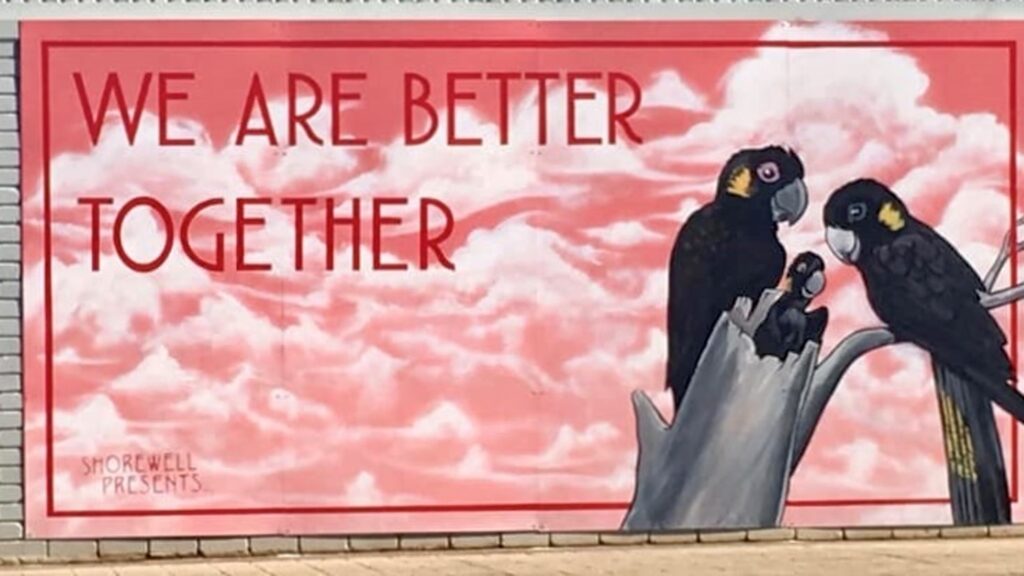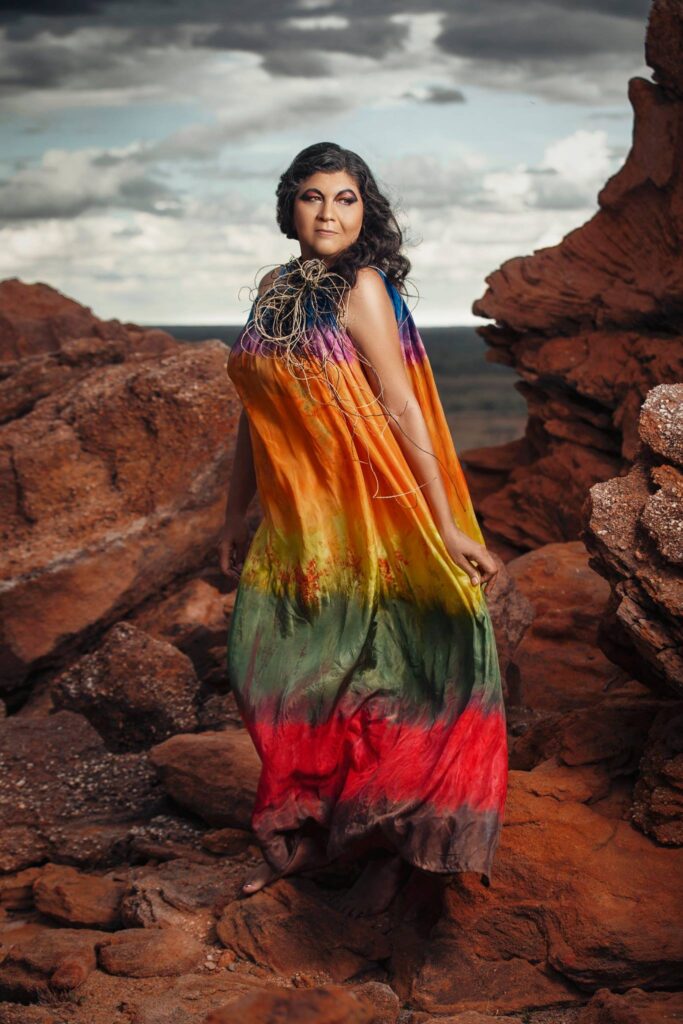
As part of the Regional Arts and Social Impact research project, the RAASI team have developed two case studies which highlight innovative ways regional communities are embracing art, culture and creativity to create healthy, thriving communities. The following two case studies showcase a community-led project from each of our research sites – Central Western Queensland and North West Tasmania – and the extraordinary work and creativity of these communities, our project partners, and our research participants.

The case study from Burnie in rural North West Tasmania demonstrates how the Shorewell Park community is embracing art, culture and creativity to address profound and seemingly intractable challenges such as social isolation and loneliness. Arts, cultural and creative programs and activities that are place-specific and responsive to the needs of specific communities provide nuanced and inclusive tools and spaces for enhancing social cohesion and supporting wellbeing for entire communities. As the case of Shorewell Presents (pictured above) shows, avenues for meaningful social connection and increased sense of belonging may be generated through coordinated and sustained arts and cultural programs which centre the voices of community members and recognise and enhance local creative capacities. Download the Shorewell Presents case study here (PDF, 2MB).
The case of Dress the Central West from remote Queensland exemplifies the role of art, culture and creativity for supporting social impacts including collective wellbeing, pride and hope. It demonstrates the interconnections and interdependencies between the social, cultural and economic outcomes of art and culture in remote communities, and the potential for place-based creativity to achieve lasting impact across these three areas. Download the Dress the Central West case study here (PDF, 2MB).